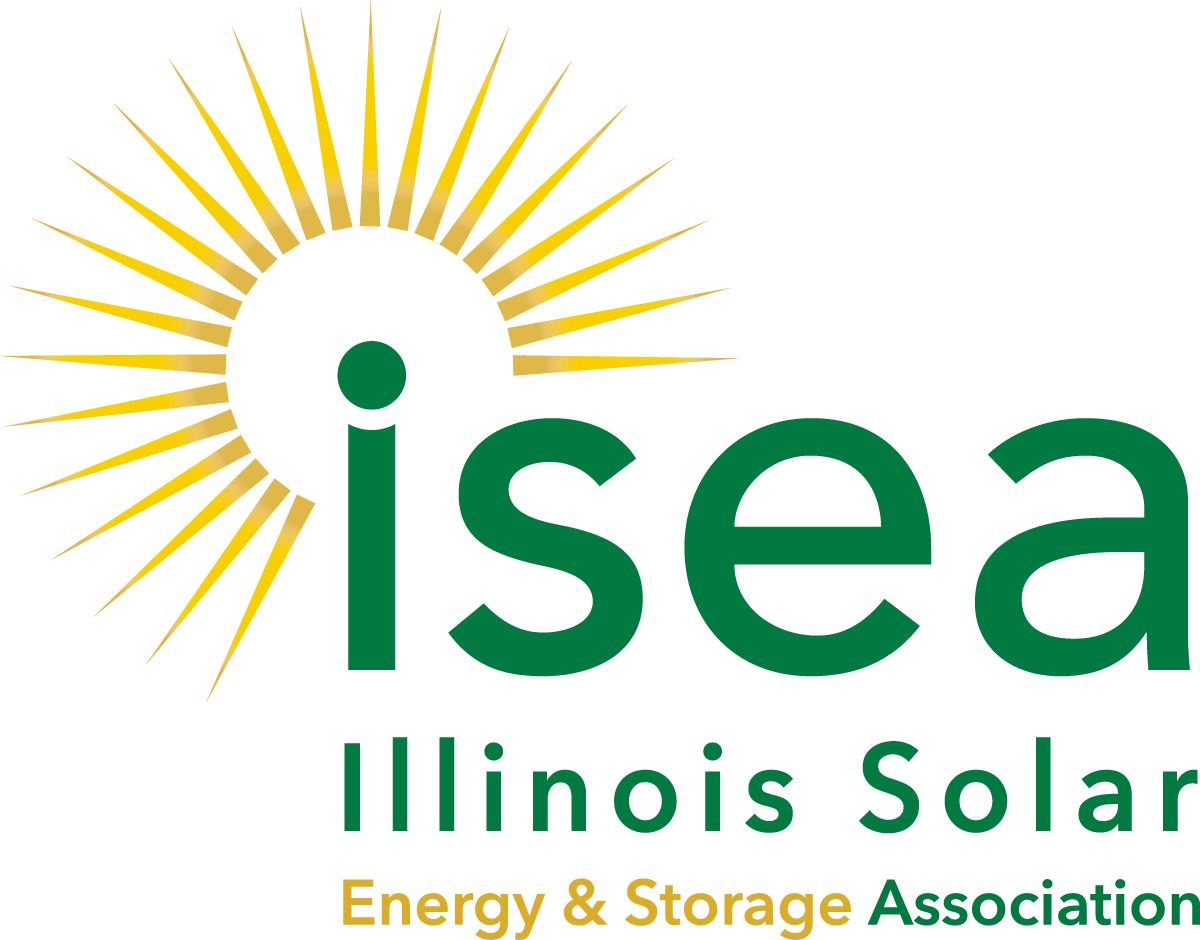The Network for New Energy Choices released their 2010 Freeing the Grid report! In this report, states are graded on their net metering and interconnection policies. So what exactly is net metering? It is an electricity policy that allows consumers to offset some or all of their energy use with their own renewable energy. While many people know net metering as the process that “enable’s a customer’s electric meter to spin backwards”, the electric meter actually spins in both directions depending on their own energy production and consumption. The meter spins forward when the customer is using more energy than he is producing, thus drawing from the grid. The meter spins backwards when the customer is producing more energy than he is using, thus sending energy out to the grid. At the end of the month, the customer is only billed for the net energy used. If the customer produces more energy than he uses, he is either credited that amount for the next billing cycle or he is compensated for that amount.
 How does the Network for Energy Choices grade a state on their net metering policies? There are certain variables, such as allowing the monthly carryover of excess electricity at the utility’s full retail rate, allowing all renewable technologies to net meter, and allowing all customer classes to net meter. Click here to see the full range of criteria used in these grades.
How does the Network for Energy Choices grade a state on their net metering policies? There are certain variables, such as allowing the monthly carryover of excess electricity at the utility’s full retail rate, allowing all renewable technologies to net meter, and allowing all customer classes to net meter. Click here to see the full range of criteria used in these grades.
The second major factor in the Freeing the Grid report is interconnection. This is the process under which a generator can connect to the distribution grid. Each state regulates these policies and various standards should be upheld, such as setting fair fees that are proportional to a project’s size and ensuring that policies are transparent, uniform, detailed and public. Read more of these standards.
So how did the states stack up? Much better than in the last few years! In 2010, 37 states received “A” or “B” grades for their net metering policies, up from 13 states in 2007. Massachusetts and Utah received exceptional “A” grades in both interconnection and net metering. This is the first time in the report’s history that any state has achieved “A” grades in both categories. Where did Illinois fit in? Check out the Freeing the Grid report and see for yourself!
If you would like to learn more about the topic, The Interstate Renewable Energy Council released a comprehensive report on net metering in competing energy markets.
Feel passionately about renewable energy? Want to mix and mingle with others in the Chicago area that feel the same way? Don’t forget to register for ISEA’s membership meeting and annual report tomorrow, Dec. 18, at the Chicago Center for Green Technology.
